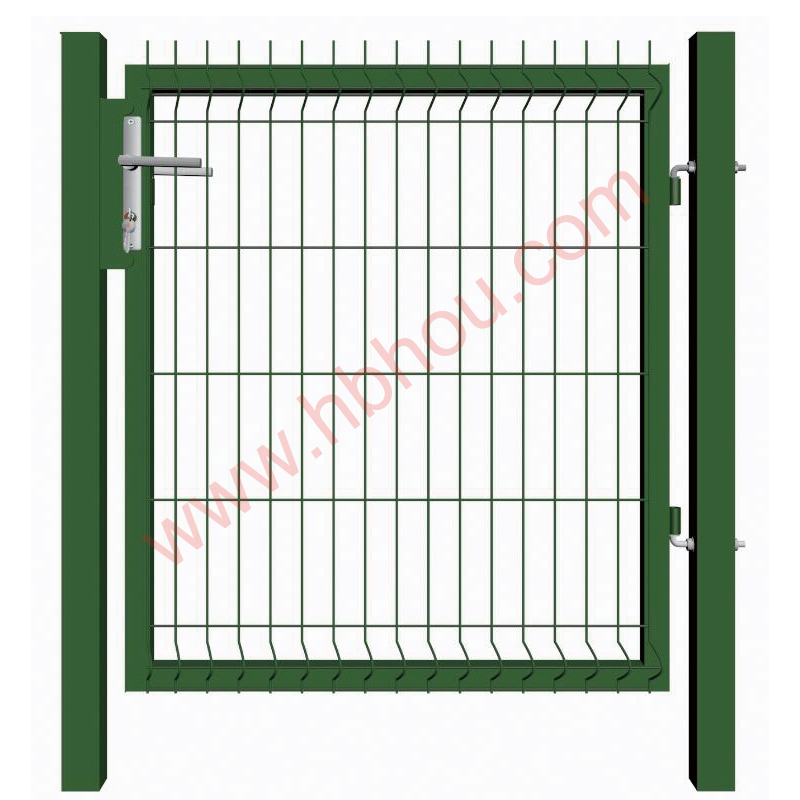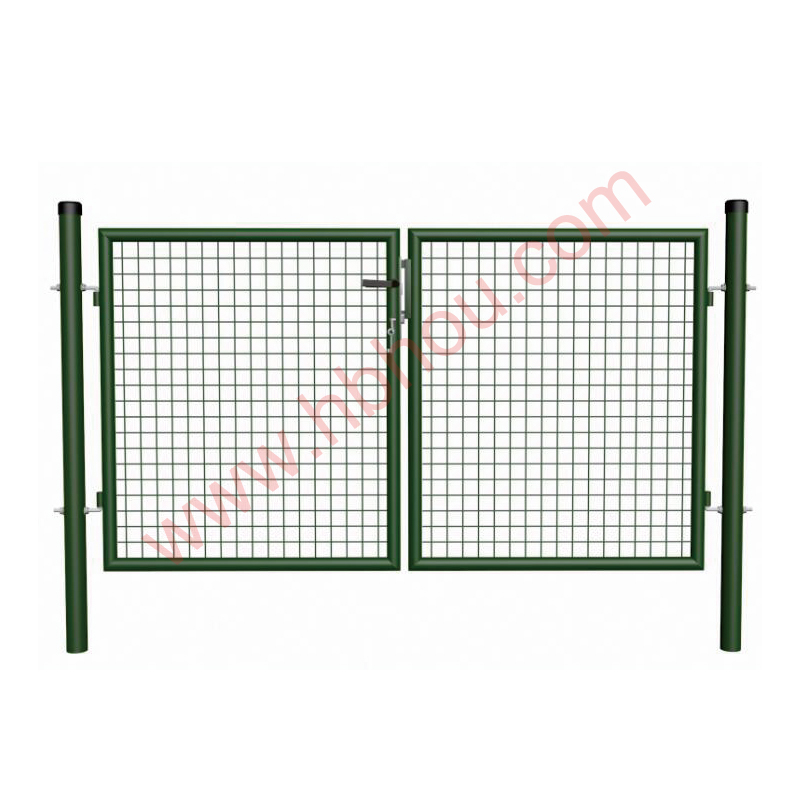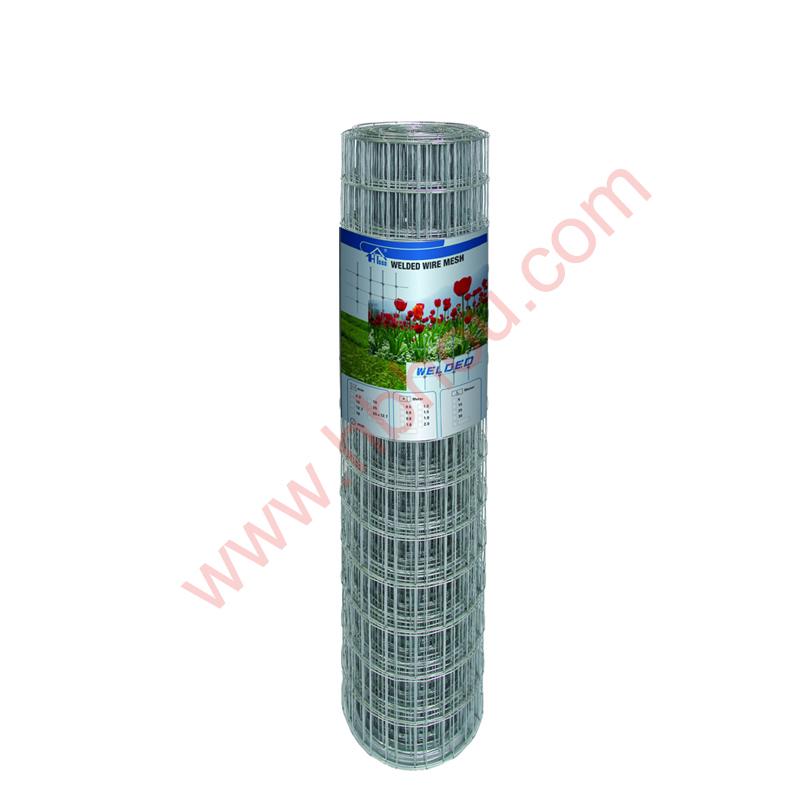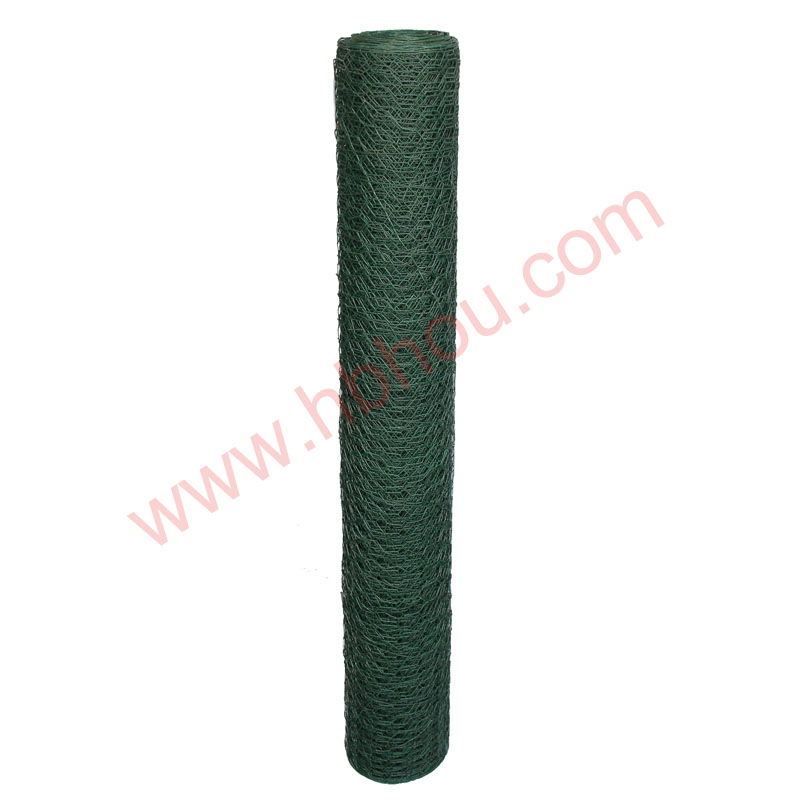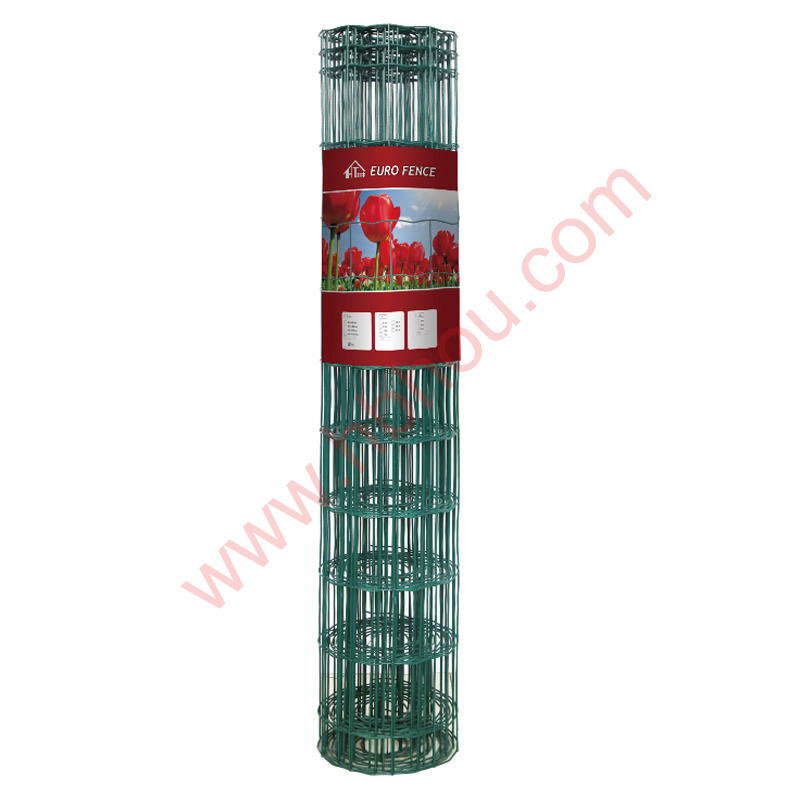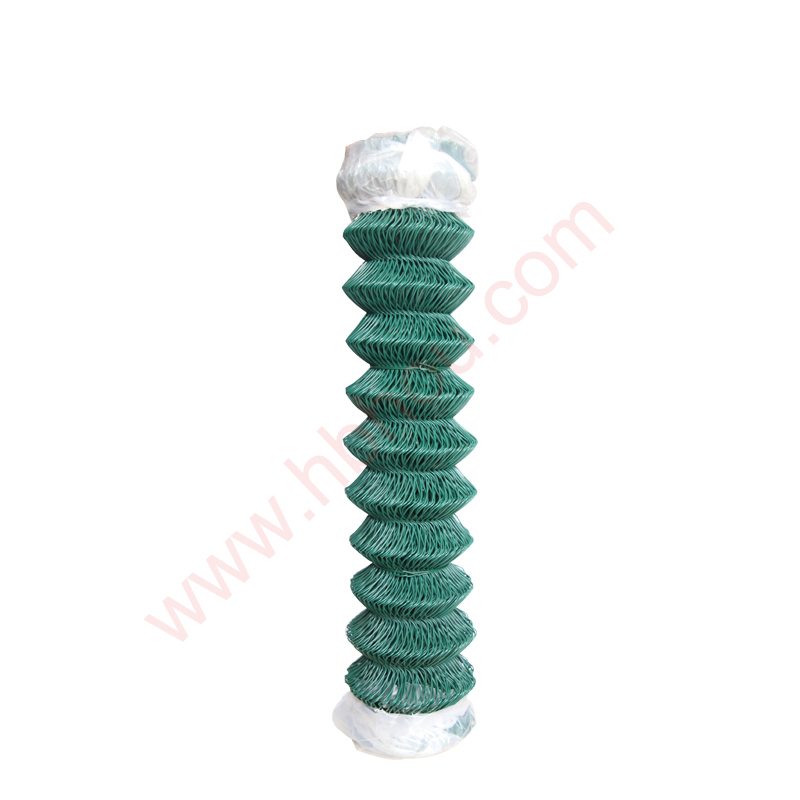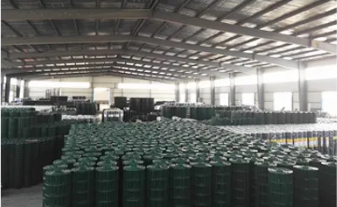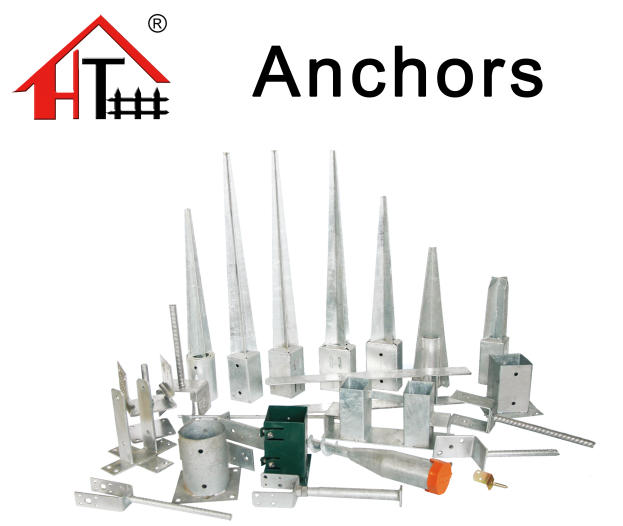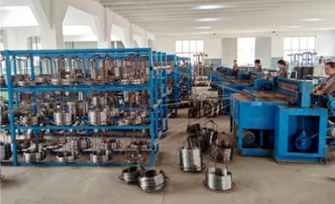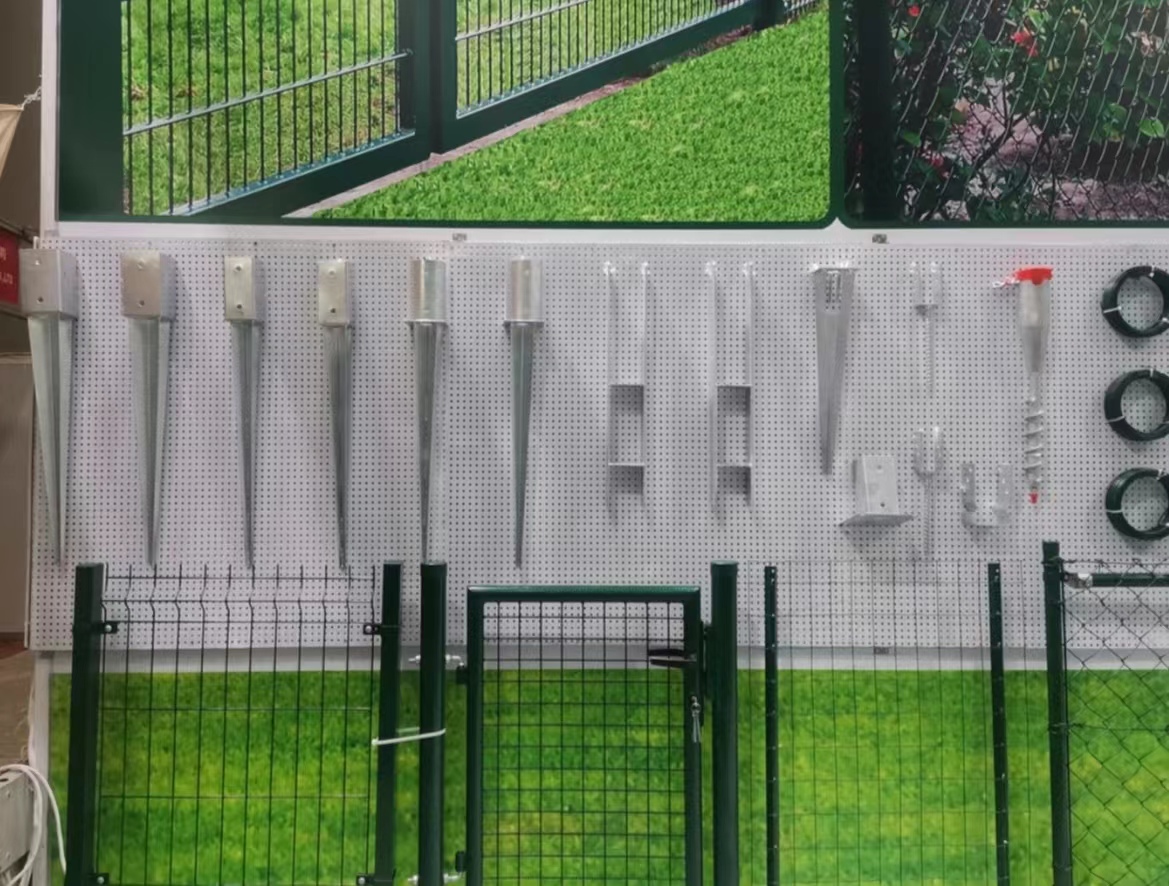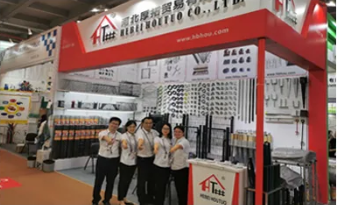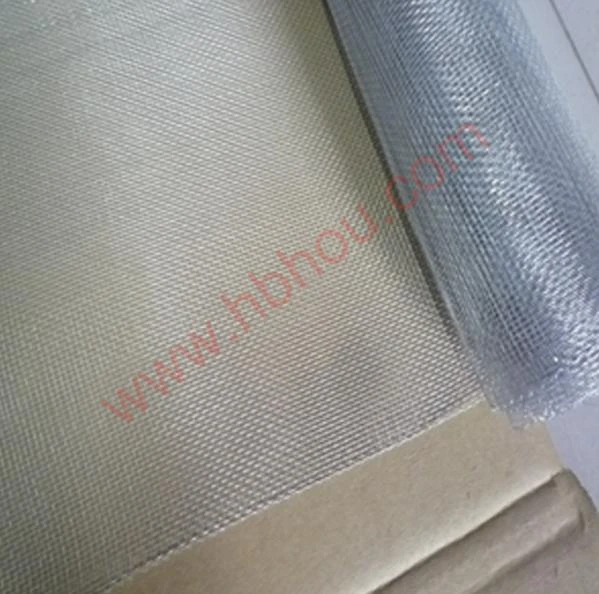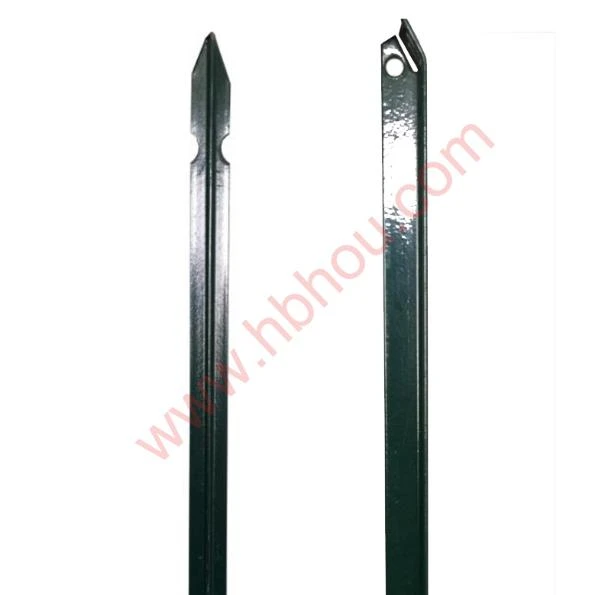Understanding the Prices of Welded Wire Mesh Per Square Foot
Welded wire mesh is an indispensable material in various construction and industrial applications, known for its strength, durability, and versatility. From being used in concrete reinforcement to fencing and as a support structure in various projects, the demand for welded wire mesh continues to grow. One crucial factor that influences its purchasing decision is the price per square foot. This article aims to delve into the various aspects that determine the pricing of welded wire mesh and how consumers can navigate the market effectively.
Factors Affecting Pricing
1. Material Composition The type and quality of steel used in the fabrication of welded wire mesh significantly influence the price. High-quality, galvanized steel offers enhanced corrosion resistance, making it more expensive than regular steel. Additionally, stainless steel options are available for applications requiring superior durability, driving the price even higher. The choice of material should align with the intended use—while lower quality might suffice for non-load bearing applications, higher quality is crucial for structural integrity.
2. Mesh Size and Gauge Welded wire mesh comes in various sizes and gauges, which directly impact the cost. Typically, a larger mesh opening and a thicker gauge wire will yield a stronger product; hence, it generally costs more. Projects with specific load-bearing requirements may necessitate custom mesh designs, further increasing the overall price per square foot.
3. Production Method The manufacturing process also plays a role in determining the cost of welded wire mesh. Automated cutting and welding technology can streamline production, potentially lowering costs. However, handcrafted (or custom) mesh that requires more labor can lead to higher prices. Consumers should consider their project’s needs and budget while choosing between standard and custom solutions.
welded wire mesh price per square foot

4. Market Fluctuations Prices of raw materials, particularly steel, are subject to market fluctuations due to economic conditions, trade tariffs, and demand-supply dynamics. Regions experiencing high demand for construction materials may see an uptick in costs due to higher shipping fees and stock shortages. It's advisable for buyers to stay informed about current market trends to make more informed purchasing decisions.
5. Local Suppliers The geographical location of suppliers can influence the price. Regions with a robust infrastructure for manufacturing and distribution may offer lower prices due to decreased transportation costs. Conversely, areas where welded wire mesh is less readily available might experience higher prices. Hence, consumers should explore various suppliers, both local and online, to find the best pricing options.
Making an Informed Purchase
To obtain the best price per square foot for welded wire mesh, consumers should prioritize thorough research and comparison. Requesting quotes from multiple suppliers while considering factors like delivery charges and bulk purchase discounts can yield favorable outcomes. Furthermore, understanding the specific requirements of your project, including load-bearing capacities and environmental considerations, will help in selecting the right product at a competitive price.
Conclusion
In conclusion, the price of welded wire mesh per square foot varies significantly based on several factors, including material composition, mesh size, production methods, market conditions, and supplier. By conducting due diligence and comparing options, consumers can not only obtain a fair price but also ensure they select the right type of welded wire mesh for their projects. As the demand for quality construction materials continues to rise, staying informed on pricing trends will ultimately lead to better purchase decisions.


